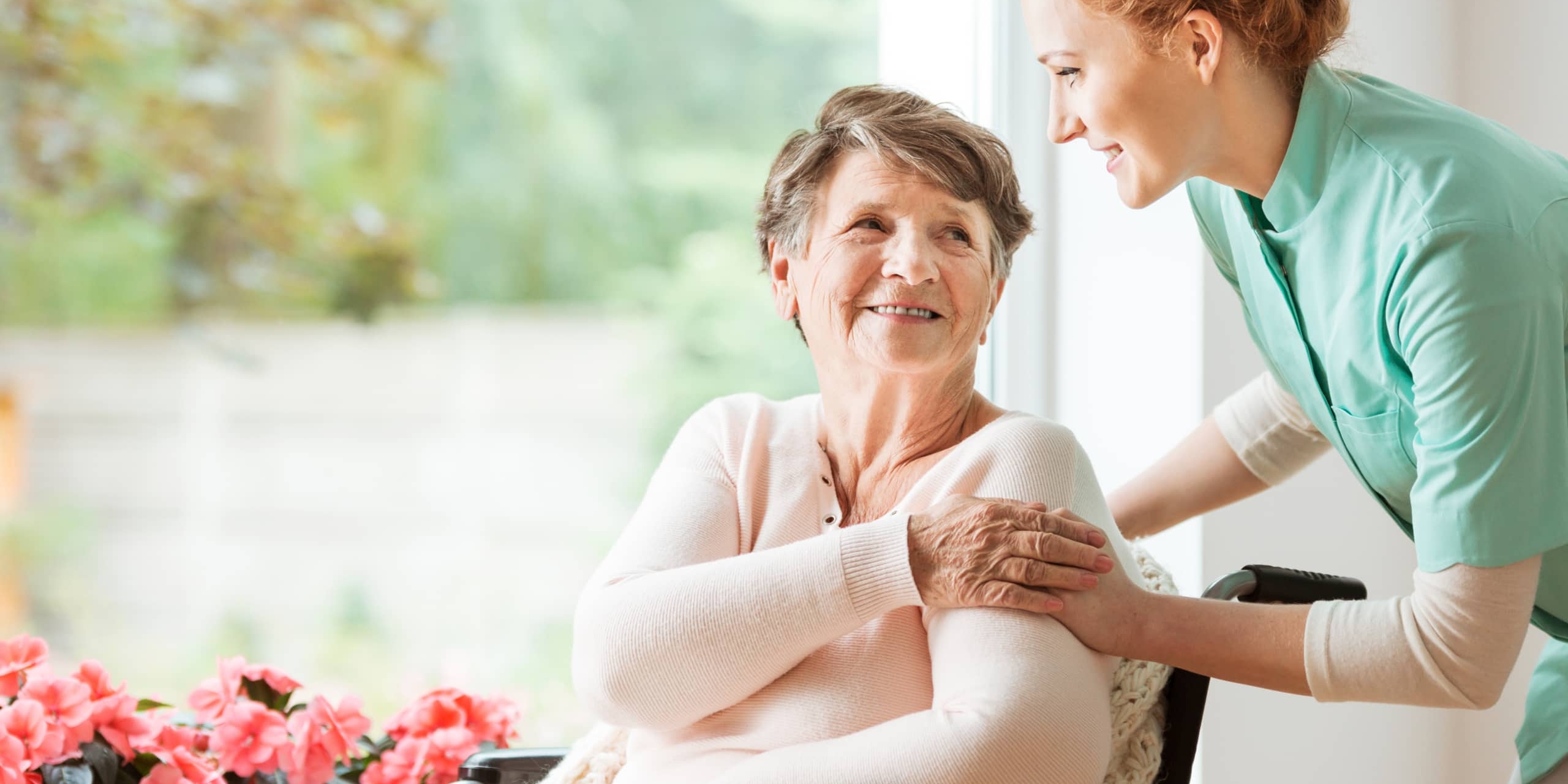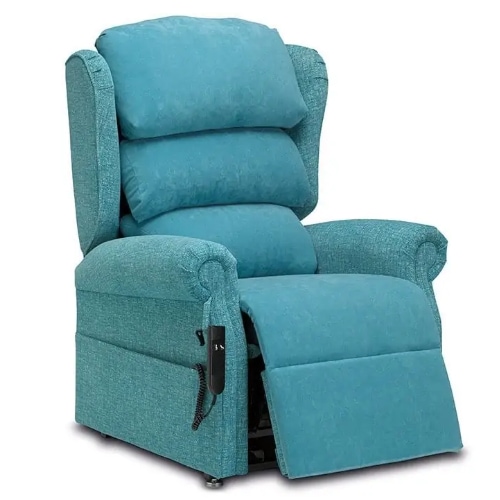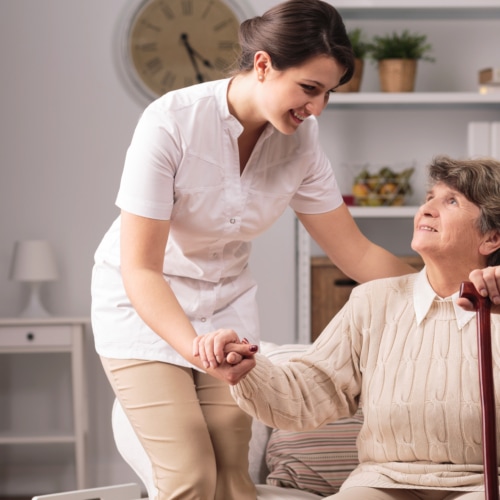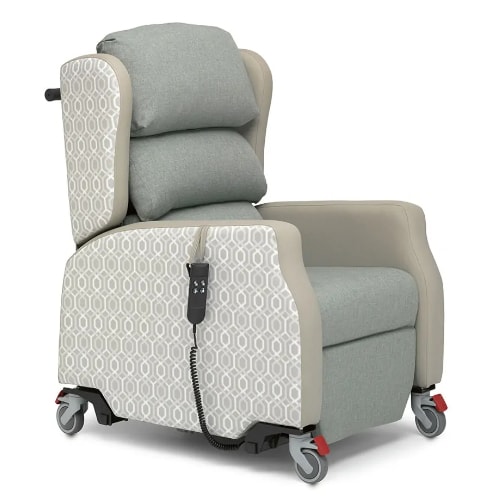5 Ways to Tackle Patient Mobility Issues in the Care Home

If you’re running a care home, one of your main responsibilities will be ensuring that your patients retain the best quality of life.
One of the ways that you can do this is by ensuring that they remain as mobile as possible. Here are some of the possibilities you can explore to address issues with mobility.
Incidental Activities
First, care homes and care teams should focus on helping residents complete incidental activities with as much independence as possible. Incidental activities are daily activities that include basic forms of physical exercise. There are many examples of this worth exploring from helping patients get dressed each day to ensuring that they walk to the bathroom regularly. It could also include walking to the lunch hall for different dinners. It’s important for care homes to make activities like this easy and ensure that residents are encouraged to complete these activities on a daily basis.
Regular Patient Exercise
Aside from incidental activities, patients should also be encouraged to exercise regularly. The types of exercise will depend on the facilities that are available at an individual care home. However, there are lots of possibilities worth exploring with some being more beneficial than others. For instance, you could think about exploring swimming sessions. Swimming is great for elderly individuals because it provides pain relief and helps reduce tension around joints that could have become stiff.
Investing In Specialist Seating
There are various specialist seating options available for elderly individuals in residential care homes including healthcare chairs. Specialist seating such as this is designed to ensure that elderly individuals have the full range of movement while keeping them comfortable. The best UK healthcare chairs are also built to ensure that elderly individuals can easily change between different positions to ensure that they do not become stiff over time. Healthcare recliner chairs are also available. These are designed to provide elderly individuals with the right elevation that they need to improve blood flow and maintain comfort at the same time.
Retraining ADLs
Activities of daily living is a term used in the healthcare industry that dates back to the early 1950s. It is based on the concept of ensuring that elderly individuals can be retrained to complete the daily tasks that they used to without additional help or support. This includes washing themselves, preparing meals and functional transfers. There are a total of 7 ADLs that care teams can focus on to ensure that elderly individuals can take steps to improve their level of mobility over time.
Supervising Mobility and Self-care Tasks Appropriately
Finally, it’s important to ensure that care team members are supervising mobility the right way and ensuring that patients are getting the support that they need when required. They must also check to ensure they complete self-care tasks the right way and provide them with assistance in key areas. In doing so, it’s possible to ensure that patients get the key benefits that they need from processes like this.
Find Out How Healthcare Chairs Can Help Your Patients Live a More Dignified Life. Read Our Guide on Why Healthcare Chairs Are Perfect for Care Settings Here
Discover the benefits of using healthcare chairs and how they can help your patients live a more dignified life by checking out our guide here. Alternatively, you can contact a member of our team by using our quick and easy contact form below. You can also get in touch and speak to a member of the Repose team today on +44 (0)1384 567401 or by emailing us at info@reposefurniture.com. We look forward to hearing from you.


